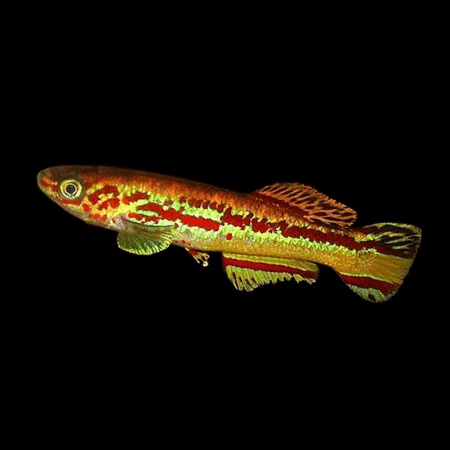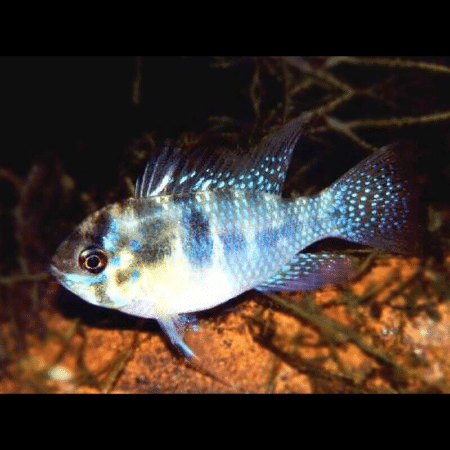To provide the best experiences, we use technologies like cookies to store and/or access device information. Consenting to these technologies will allow us to process data such as browsing behaviour or unique IDs on this site. Not consenting or withdrawing consent, may adversely affect certain features and functions.
The technical storage or access is strictly necessary for the legitimate purpose of enabling the use of a specific service explicitly requested by the subscriber or user, or for the sole purpose of carrying out the transmission of a communication over an electronic communications network.
The technical storage or access is necessary for the legitimate purpose of storing preferences that are not requested by the subscriber or user.
The technical storage or access that is used exclusively for statistical purposes.
The technical storage or access that is used exclusively for anonymous statistical purposes. Without a subpoena, voluntary compliance on the part of your Internet Service Provider, or additional records from a third party, information stored or retrieved for this purpose alone cannot usually be used to identify you.
The technical storage or access is required to create user profiles to send advertising, or to track the user on a website or across several websites for similar marketing purposes.















Emily Carter (verified owner) –
As a passionate aquarium hobbyist, I can’t recommend the live Marine Copepods PE-bags enough! I’ve been using them for about three weeks now, and my fish have never looked happier or healthier. These protein-rich treats are a fantastic addition to my marine ecosystem, especially for my picky eaters like the clownfish and tangs. They absolutely love hunting down these little live foods, which adds a fun, natural feeding behavior to my tank. I noticed a significant improvement in their color and activity levels after just a week of incorporating these copepods into their diet.
Compared to frozen alternatives, these live copepods are far superior since they engage the fish more and provide better nutrition. The packaging is also convenient—25 pieces of 90ml each means I can easily manage portions without waste. My only minor concern is that they need to be refrigerated immediately upon arrival, but that’s a small price to pay for such high-quality live food. If you have marine fish that require a varied diet, these copepods are a game-changer. Highly recommend to fellow fish parents to give their fish the best care possible!